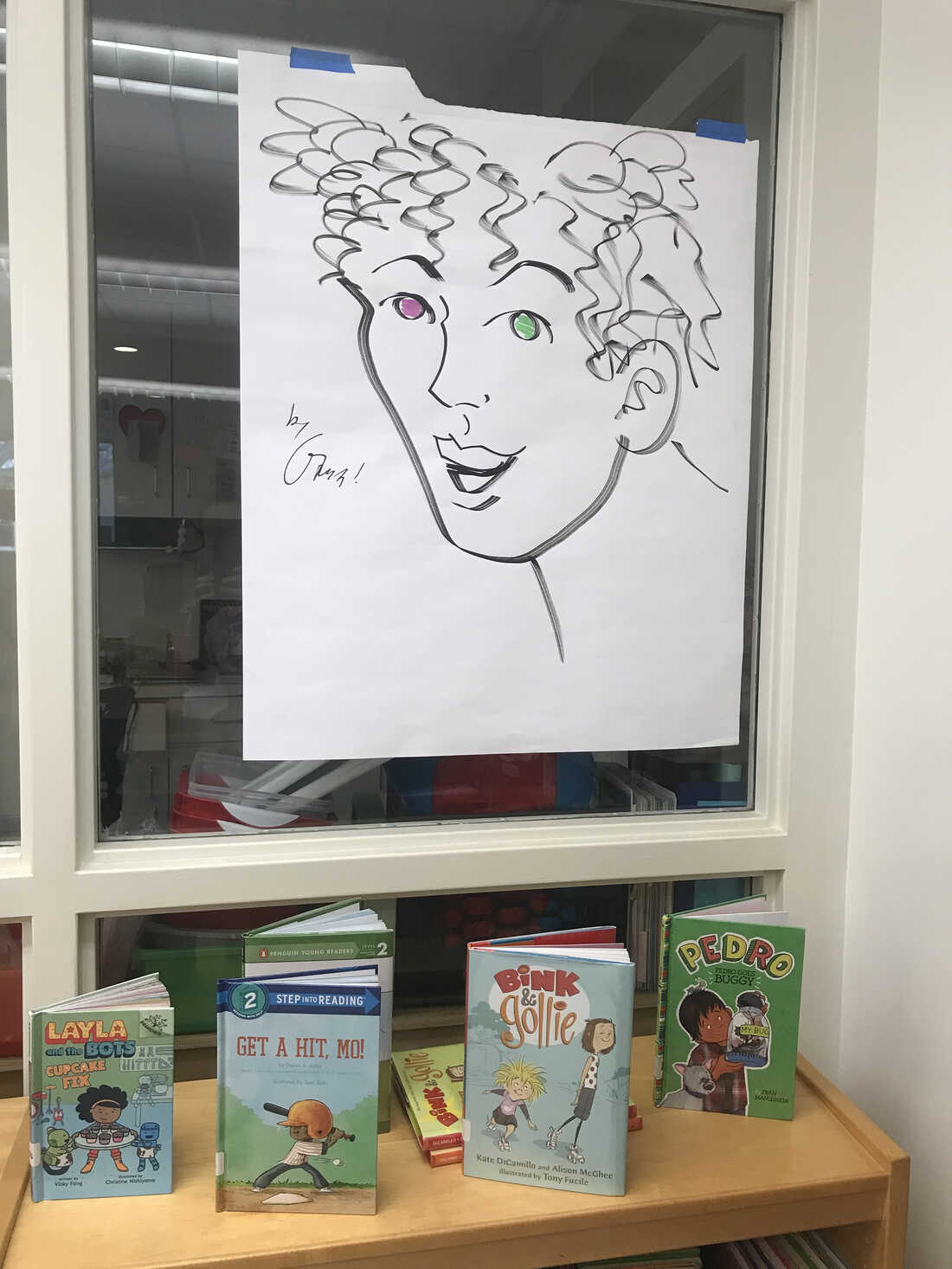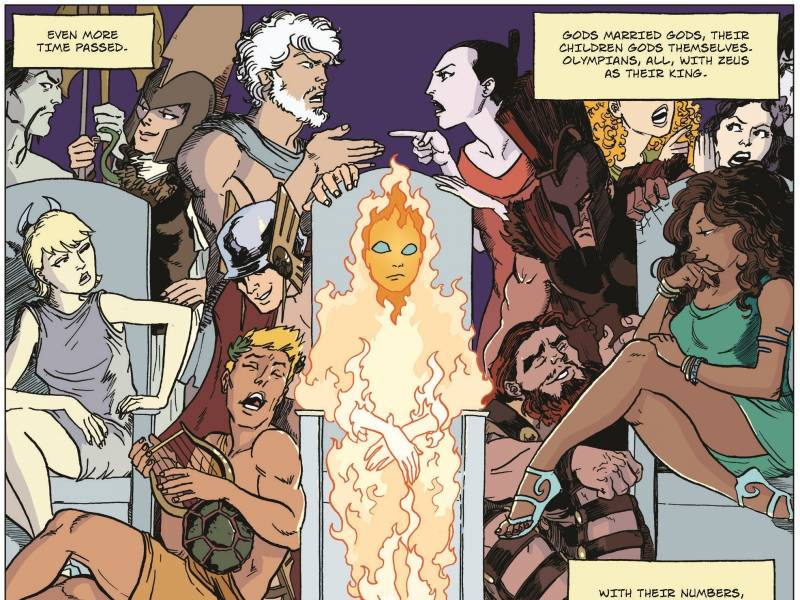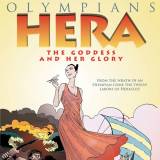Graphic novelist George O'Connor is a big hit on the grade school circuit. On a visit to Brent Elementary School in Washington, D.C. in early March, he talked about his creative process with about 70 fourth graders. On a big blank sheet of white paper, he drew the face of Dionysos, the god of wine and the subject of his latest book.
"A lot of people tried to replicate it, but I feel like no one can do such a good style," said Ari, one of the fourth graders.
His classmate Azania added, "He also did it in like five seconds which makes it even more incredible."

Dionysos: The New God is the last of O'Connor's Olympians, a series of graphic novels he's been writing and illustrating for the last 12 years. Each book retells the ancient Greek myths through the lens of one of the gods or goddesses, from Athena, goddess of wisdom, to Hephaistos, god of the forge.
O'Connor's illustrations are bursting with action, humor and lots of details. He researched the ancient myths in order to get as close as possible to the original stories. That means his gods and goddesses are fierce, but also voluptuous, mischievous and even snarky. To him, the Olympians are a family of distinct individuals. "There's certain personality traits that come to the fore," he said.





9(MDAxOTAwOTE4MDEyMTkxMDAzNjczZDljZA004))